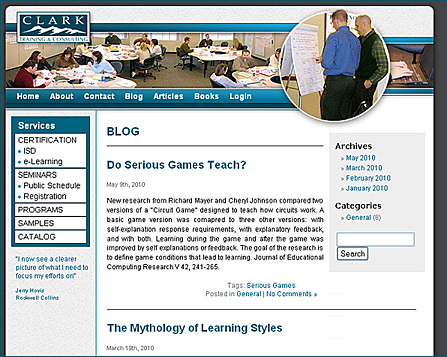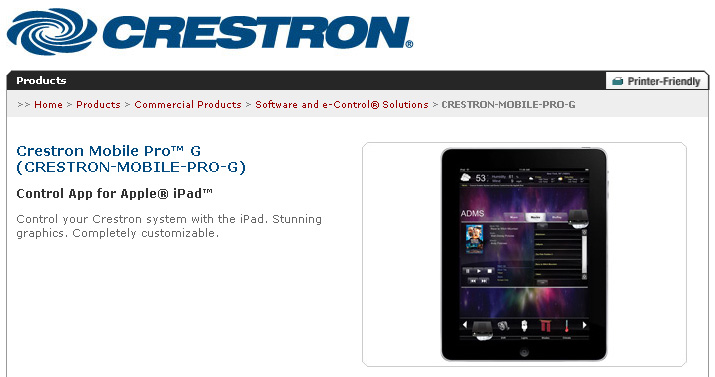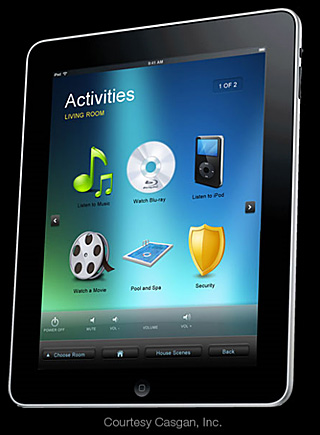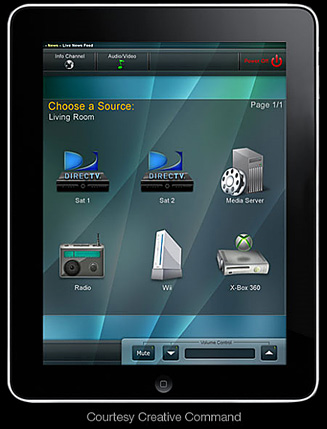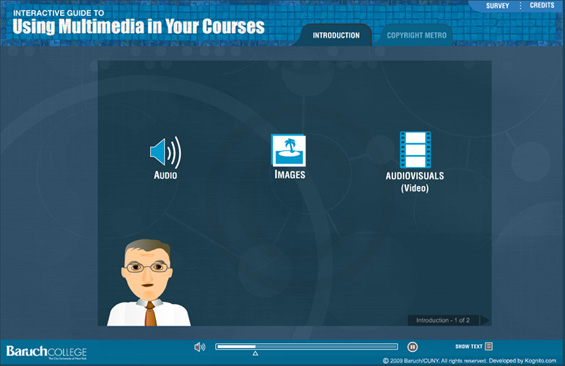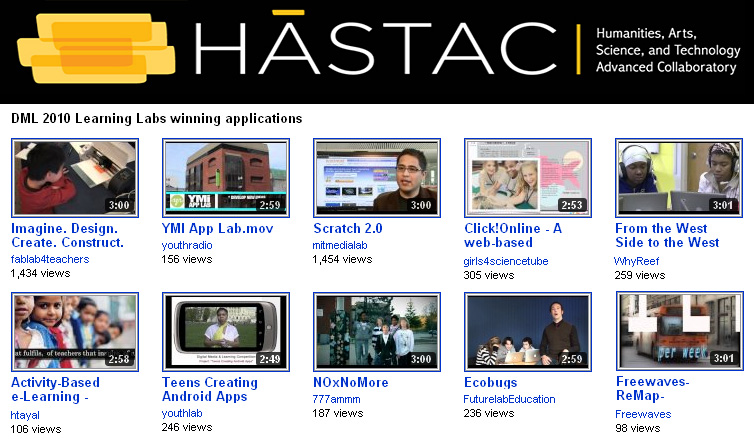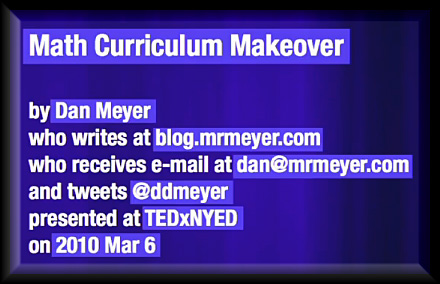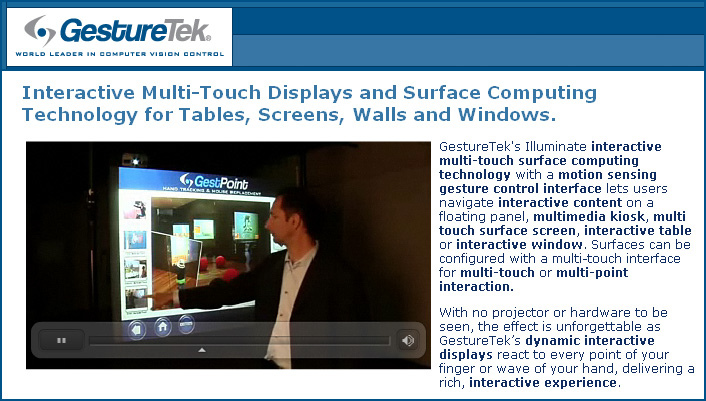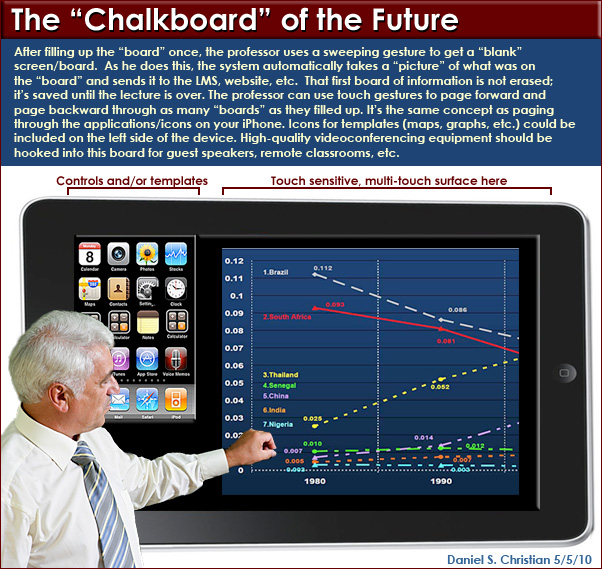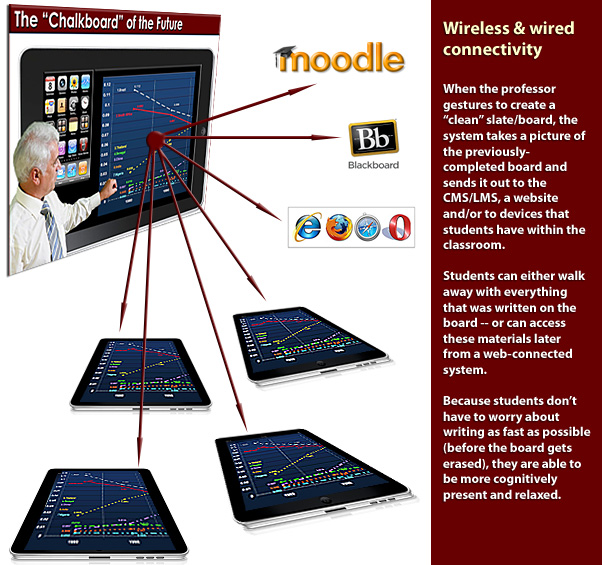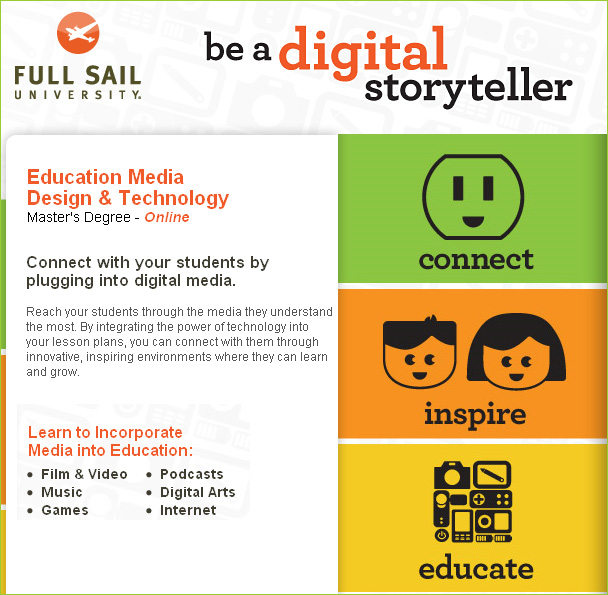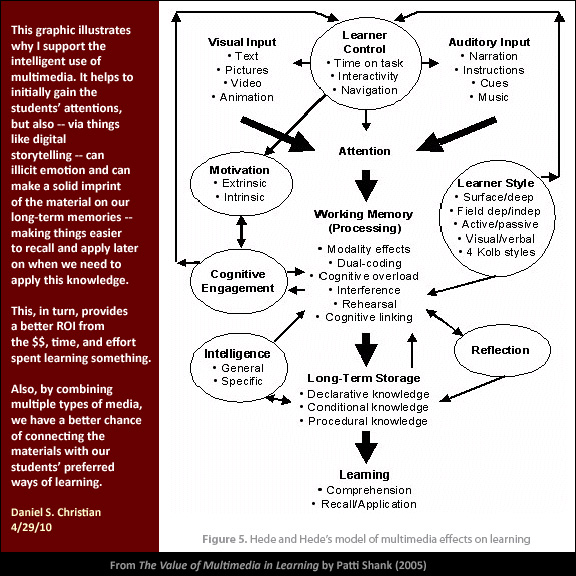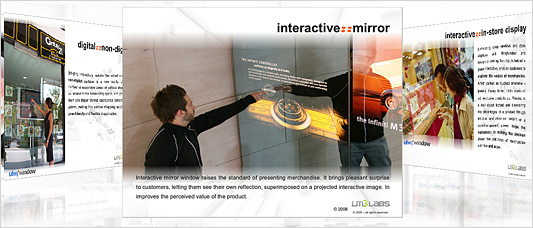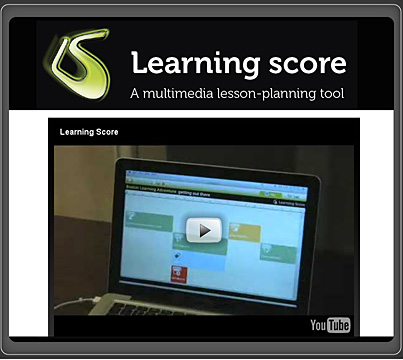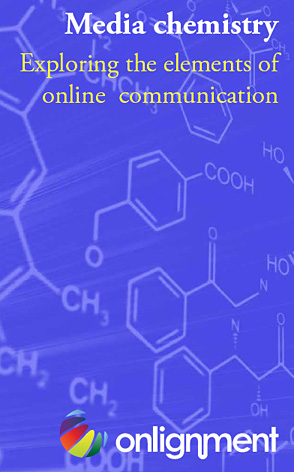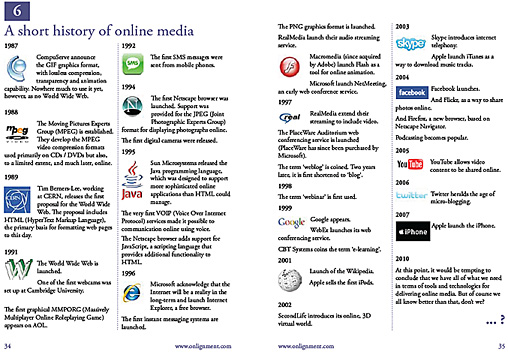World Book’s new online Early World of Learning gives youngest learners a head start in literacy — from eschoolnews.com
Developed with education experts for preschool through early primary grades, Early World of Learning enriches classroom curriculum

CHICAGO– April 16 2010 – World Book, Inc. today introduced Early World of Learning, the premier online resource to help young learners build vocabulary, comprehension, phonics, and reading fluency. As the latest addition to World Book Classroom, a series of innovative and effective teaching resources to improve learning in the classroom setting, Early World of Learning offers rich resources that easily integrate into the classroom curriculum in preschool and early elementary grades.
Early World of Learning includes three interactive learning environments:
• Trek’s Travels, offering stories, games, and original videos to help young learners master critical early childhood themes, develop vocabulary, and gain reading comprehension.
• Welcome to Reading, helping pre- and early readers strengthen phonics, vocabulary, phonemic awareness, and comprehension skills.
• Know It, engaging early learners with non-fiction reading in a richly visual interactive first encyclopedia.













